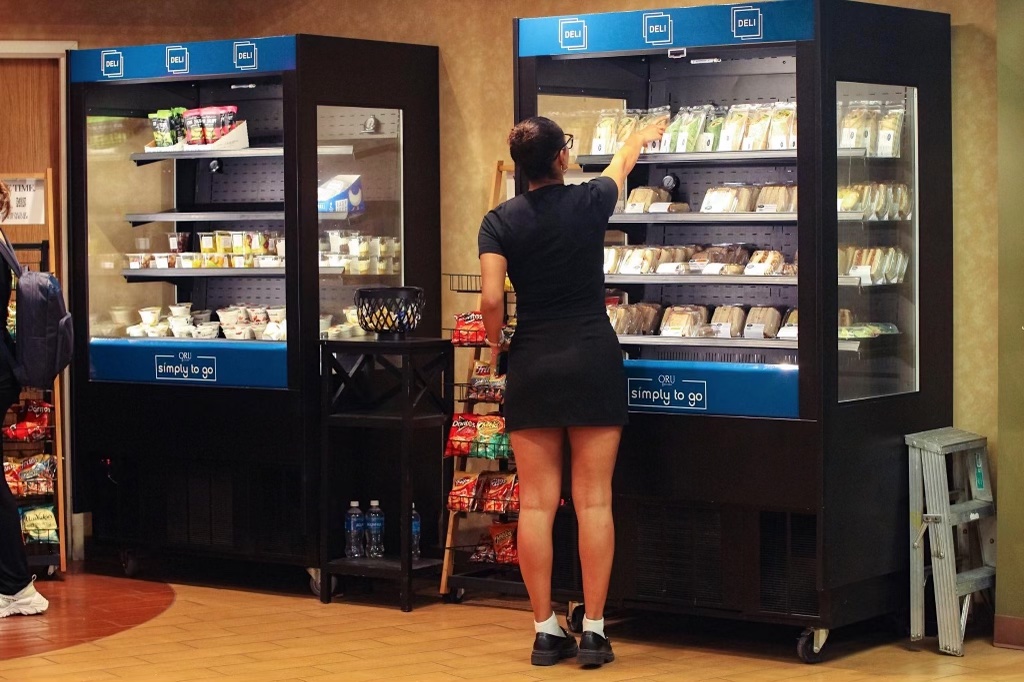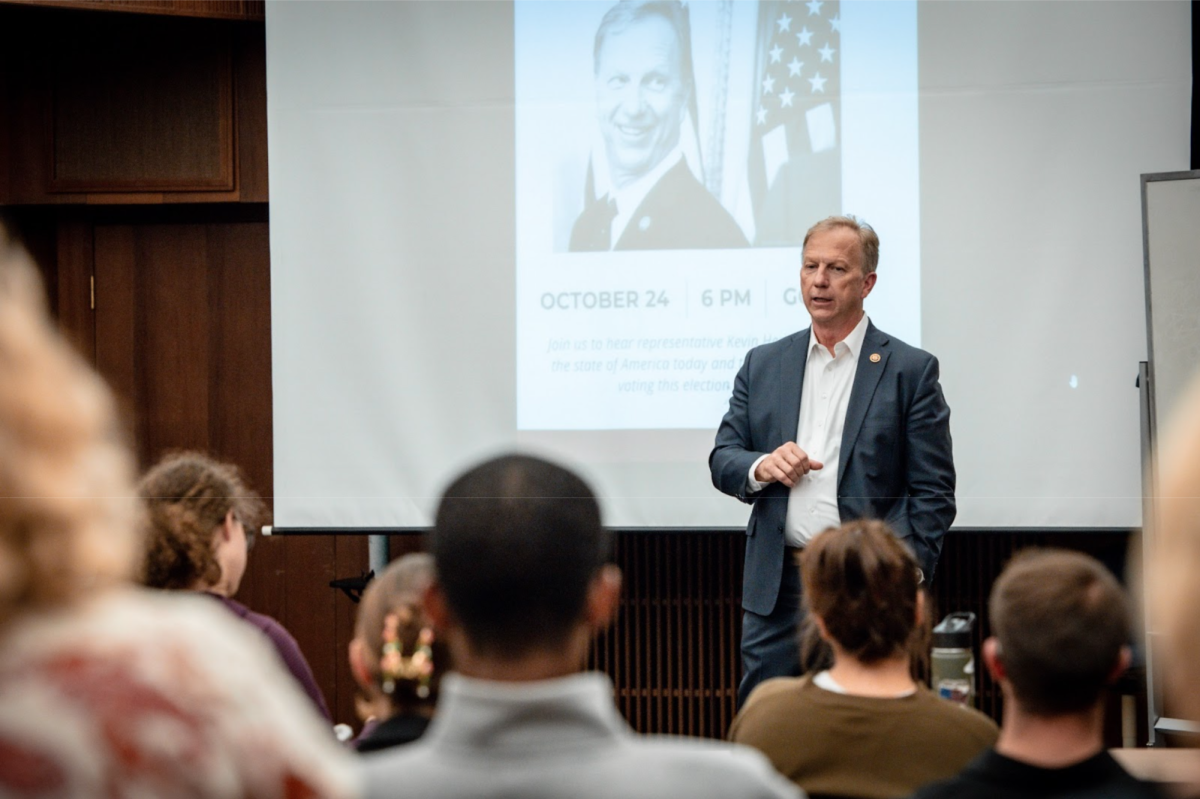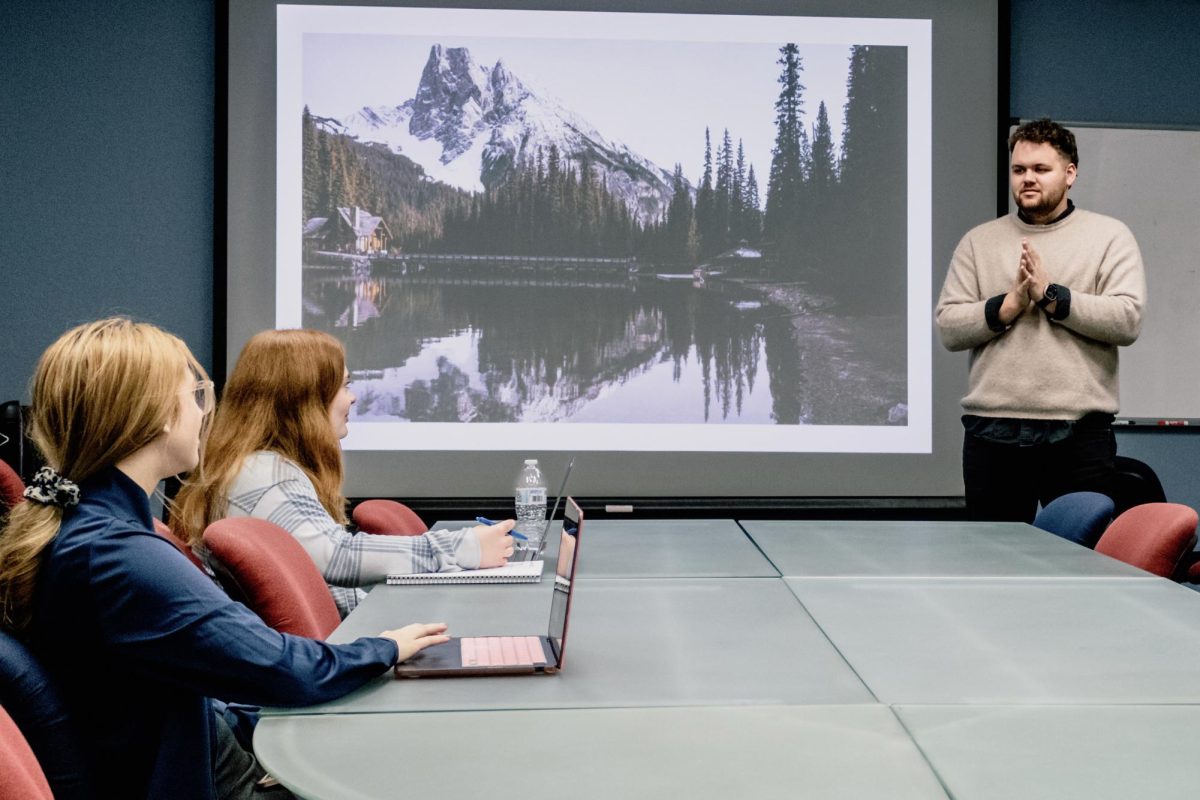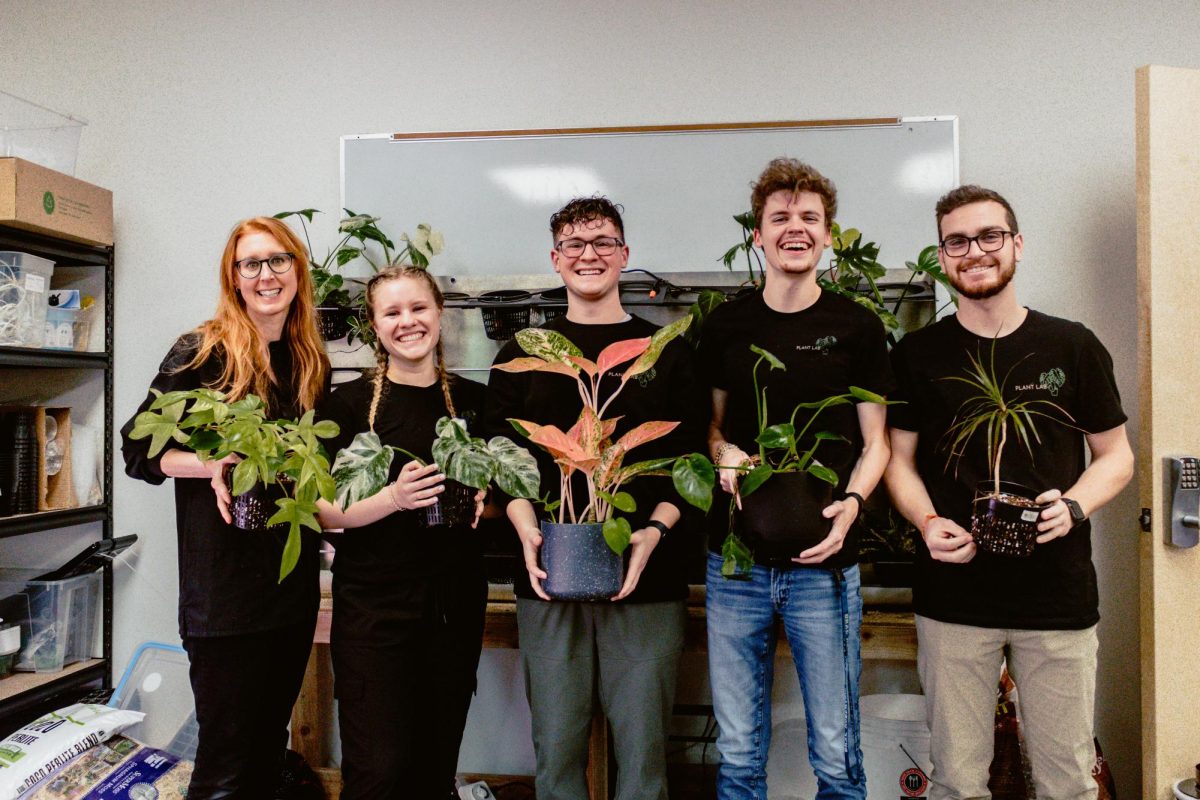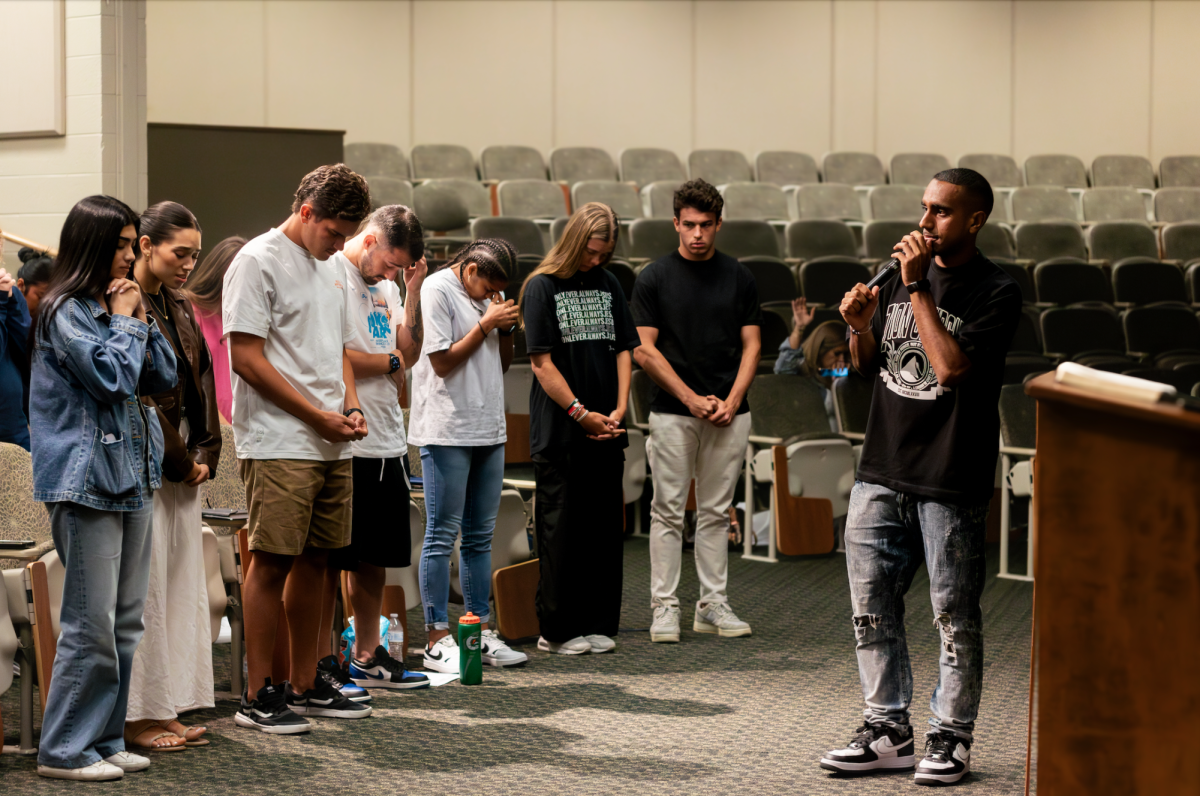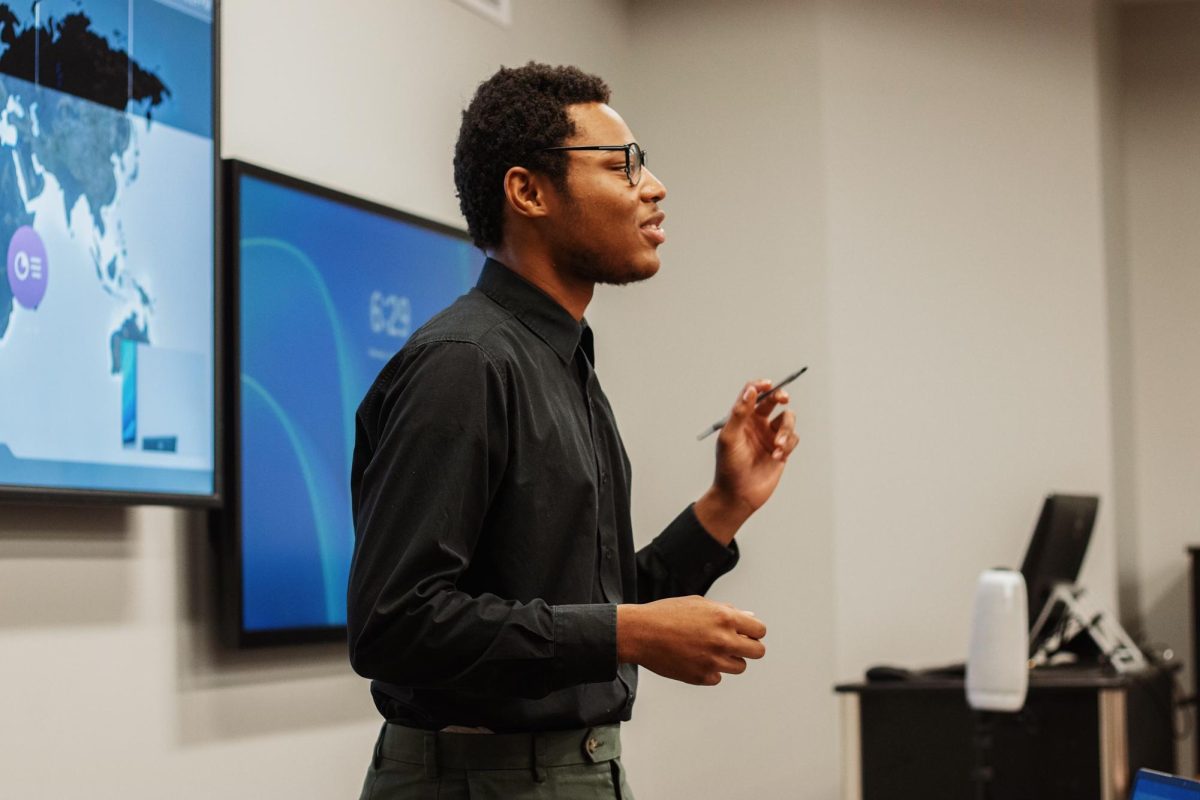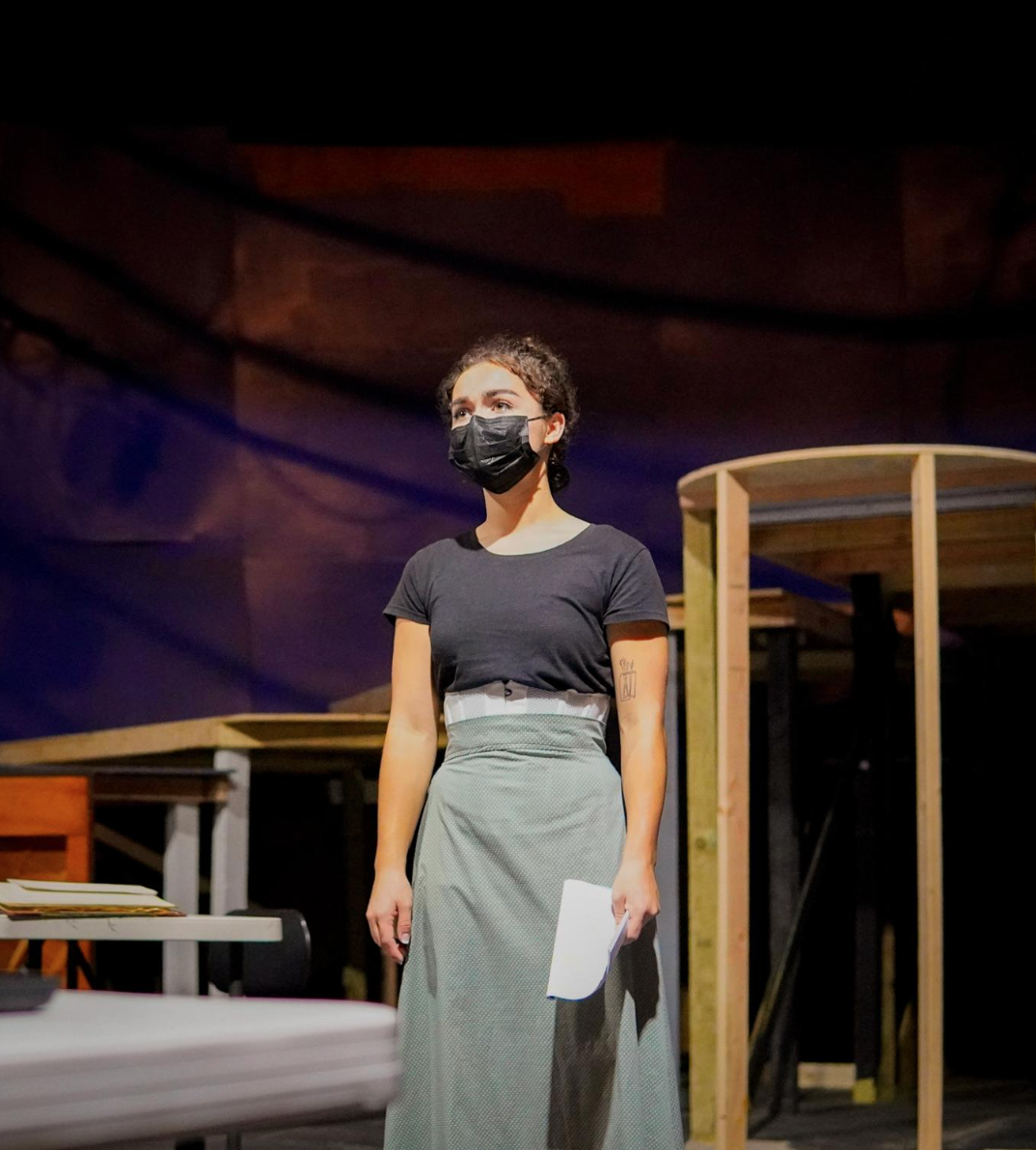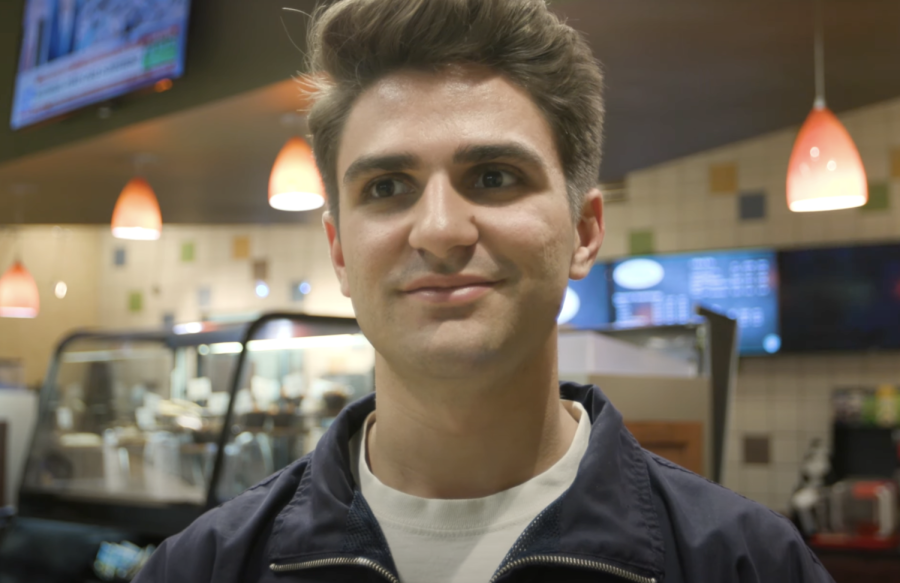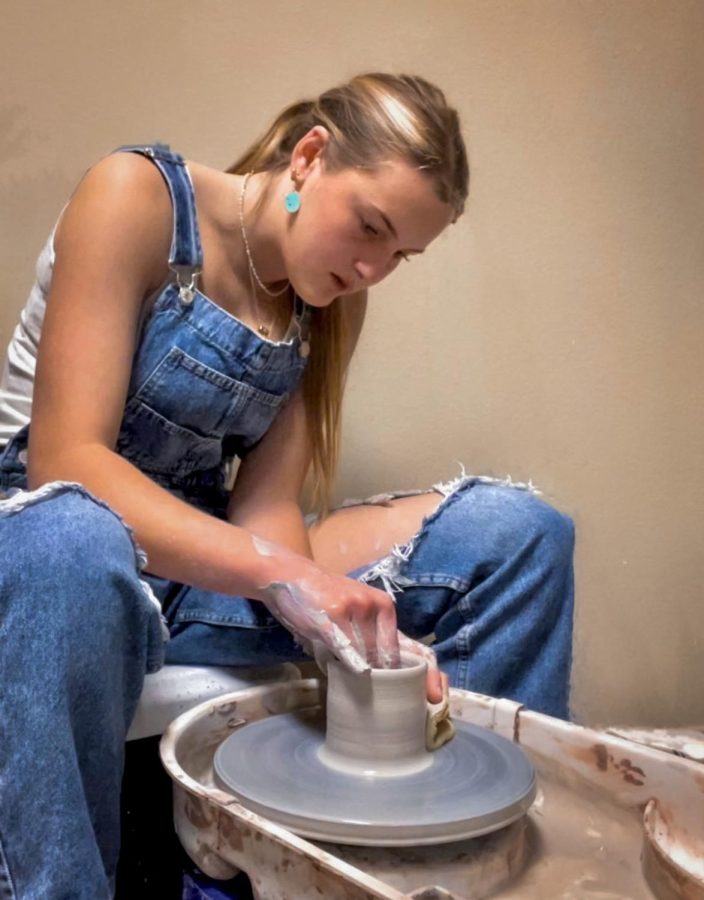Student side hustles
December 2, 2022
A high school-aged girl walks into a pottery studio. Frustrated with her life and hurt by her current circumstances, she stares at the clay. Her instructor guides her on how to cut and shape it. In the end, the girl stares at a tiny, misshapen Chinese teacup. A feeling of joy floods her senses.
Victoria Graham, now a communication freshman at Oral Roberts University, began creating pottery two years ago while in high school. Her first creation wasn’t perfect, but she quickly became a natural at pottery. Graham began running a side business selling pottery more than a year ago.
The business started after a juicery asked her to make matcha bowls. Then other restaurants and individuals noticed and began asking for Graham’s services. Instagram and Graham’s website are the primary sources for interaction.
“All of the pottery and books I do can be found on the website, and they are created to be able to fund La La’s Gift and Impact International,” two nonprofit she funds with proceeds, said Graham. “I’m coming to ORU with a communication major in order to rescue children out of sex trafficking and start safe homes for them, and a portion of the proceeds goes towards rescuing children.”
For Graham, pottery became a sense of therapy for her to cope with a family crisis. The business came after, spurred by her joy of creating art. Graham can bring in $400 to $500 a month through various creations.
Though creating art is enjoyable, other parts of running a business don’t come naturally, she said.
“The administrative side is something that I had to spend time learning,” Graham said, “which is great because I like growing that aspect but also, like, ‘Man, this hurts my brain.’”
In 2022, 50% of millennials and 46% of Gen Z reported having side hustles to bring in extra income, according to Side Hustle Nation, an online resource for side hustle ideas and part-time entrepreneurs.
“Side hustles” have evolved in the past few years. As more college aged people began participating, they became a way to “make ends meet” as opposed to being used for savings or for non-essential purchases, according Bankrate, a consumer financial services company in New York.
ORU student Calvin Selvin began barbering when Covid-19 hit Tulsa in 2020. Stuck on campus with nothing else to do, Selvin’s roommate asked him to cut his hair. After the cut, Calvin decided it might be something he wanted to try doing consistently.
Selvin learned from YouTube tutorials and built his clientele through ORU sports teams, word of mouth and his neighbors in the ORU residential hall. He charges $15 for haircuts and $8 for edge-ups, and he generally brings in about $300 to $400 a month.
“I like to see the transformation, it’s just like buying new clothes, buying an outfit,” said Selvin. “And when you get a good haircut here for the price of $15, the reactions you get from students are pretty nice.”
Selvin intends to attend barber school after graduation and get certified. He is toying with the idea of possibly using barbering as a source of income while he works on his real focus of ministering.
Bradford McClary is another on-campus “barber.” A graphic design freshman at ORU, McClary also began barbering during Covid.
After investing in professional tools and running his business in high school, McClary plans on continuing barbering throughout college.
“I am an artist, and cutting hair is art,” said McClary.
Medical molecular biology freshman Kyra Geboy has also transitioned her high school business to college. Geboy runs a thrifting business off of an Instagram account, @local.thrift. She successfully ran it through high school as a fun side gig, beginning the job as a way to protest fast fashion and educate people on it through Instagram posts and reels.
“Not a lot of people know about the fast fashion industry, and three out of five pieces of clothing that you own end up in a landfill,” said Geboy. “People are getting paid by the amount of clothing that they make.”
Thrifting is a social thing as well. Geboy goes thrifting with friends and floor-mates, so it doesn’t feel like work, making the side job enjoyable.
“I love this trend. I hope it lasts, and the community behind it is great,” said Geboy.
Entrepreneurship is not new to ORU, as Jim Stovall graduated from ORU in 1982. A bestselling author and president of the Narrative Television Network, Stovall has seen many student businesses succeed and grow.
“Three of the largest businesses in the world began in dorm rooms on campuses across the country,” said Stovall, referring to Facebook, Dell and WordPress.
At the Stovall Center for Business and Entrepreneurship, opened in 2018 and where students can get their degree in entrepreneurship, ORU students are required to have a “side hustle” that brings in at least a little money. The introductory course is where this challenge is added. The students’ business, product or service requirement teaches them real life elements about creating concepts and dealing with real markets and customers, said Stovall.
“My best tip for students starting a business is to focus on the time and money you have,” said Stovall. “You must prioritize your studies as well as your new venture. It is important to realize that, as a student, starting a new business is a learning opportunity in addition to a business opportunity.”
The most common errors students make with small businesses or “side hustles” include not taking care of accounting and administrative work, said Stovall. Students also need to make sure their businesses remain in good standing with the IRS, he said.
“Our businesses earn money based more upon what we know,” said Stovall, “than what we do.”

